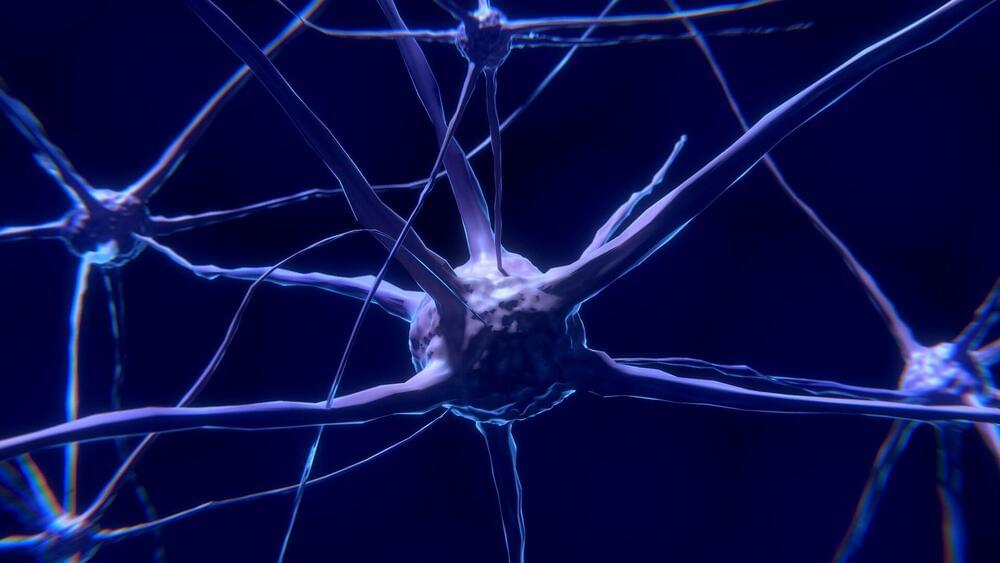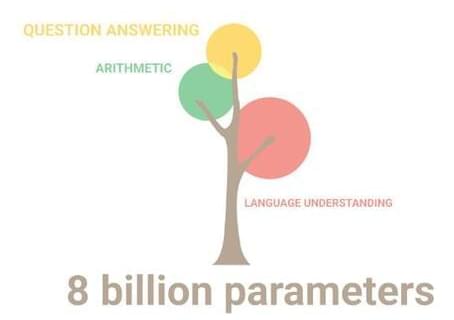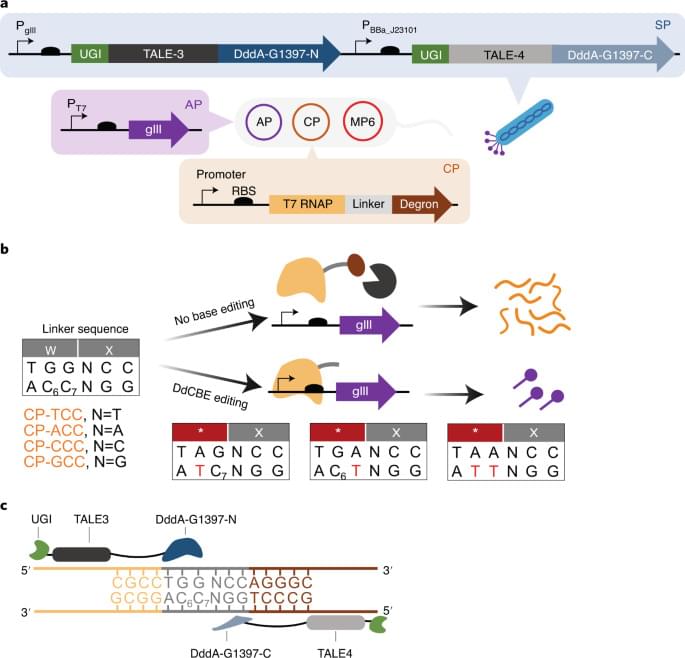AUSTIN (KXAN) — At 12 years old, Deep Hayer is already gearing up for college at Austin Community College.
“His understanding of life was much more mature than his peers,” said Rosie Hayer, his mother.
At a young age, Deep’s parents noticed his maturity and his love for learning. In the first grade, he was reading at a seventh-grade level.









